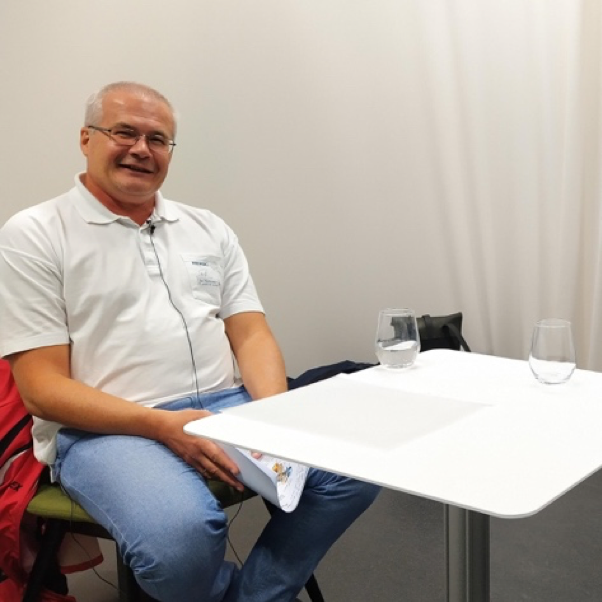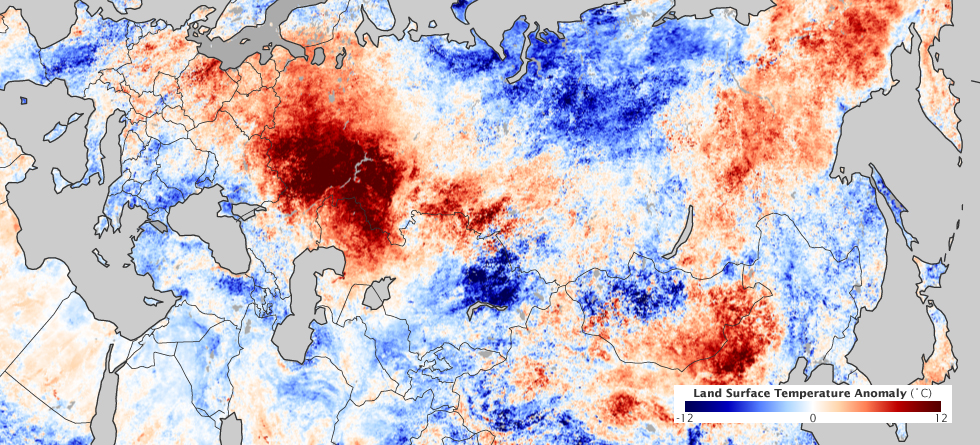Written by Henrike Wilborn from the Nansen Environmental and Remote Sensing Center
Igor Ezau is a senior researcher at the Nansen Environmental and Remote Sensing Centre. He is affiliated with the Bjerknes Centre for Climate Research since 2003. Igor Ezau is a climate scientist with more than 30 years of experience in the areas of climate modeling, multivariate statistical data analysis, atmospheric turbulence and urban meteorology and air quality.
His interest in socio-environmental interactions and human cost of the climate extremes has been initiated by international collaboration in the European project MEGAPOLI of the 6th European framework programme. His observational and modeling studies of the urban climate, and specifically, urban heat islands prompted the research of heatwaves and their impact on the people in cities.

Heatwaves are the extreme weather events that kill the most people worldwide together with its close cousin the long-term draught. Peer-reviewed analysis places the European death toll at more than 70,000, in the 2003 European heatwave alone [1]. This was in developed countries with the resources to mitigate the worst consequences. It lasted one month which makes this event as mortal as the ongoing pandemic.
The WHO defines heatwaves as more than three days with temperatures above 25 °C. This is when conditions start to get dangerous to humans. Other definitions are linked to higher temperatures than the normal temperatures – but what happens when the normal temperatures rise? Will there be less heatwaves?
Igor Ezau dicusses with Stephen Outten (NERSC and Bjerknes Centre for Climate Research) and Ingjald Pilskog (Western Norway University of Applied Sciences) in this new episode “Heatwaves, the weather that can kill thousands in developed countries”.
All other Bjerknes Centre for Climate Research podcasts
[1] Robine, Jean-Marie; Cheung, Siu Lan K.; Le Roy, Sophie; Van Oyen, Herman; Griffiths, Clare; Michel, Jean-Pierre; Herrmann, François Richard (2008). "Solongo". Comptes Rendus Biologies. 331 (2): 171-178. doi:10.1016/j.crvi.2007.12.001. ISSN 1631-0691. PMID 18241810

